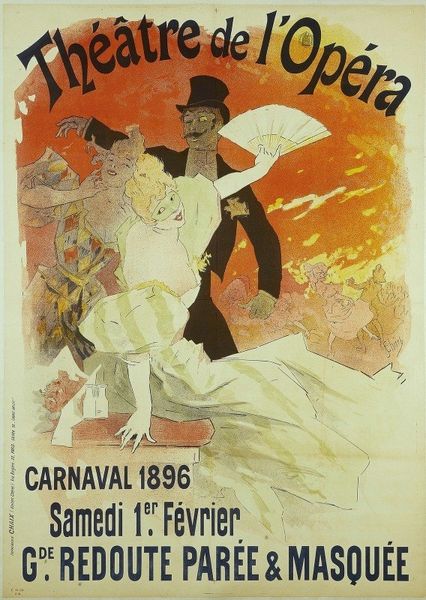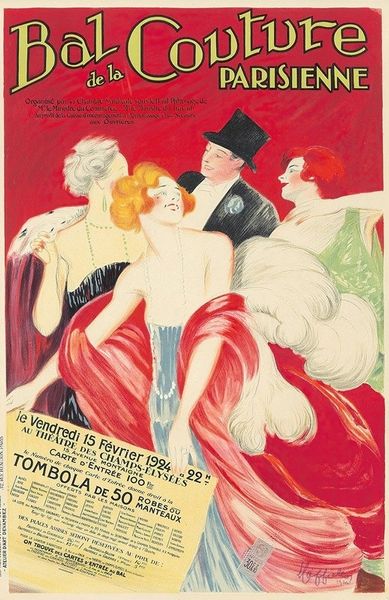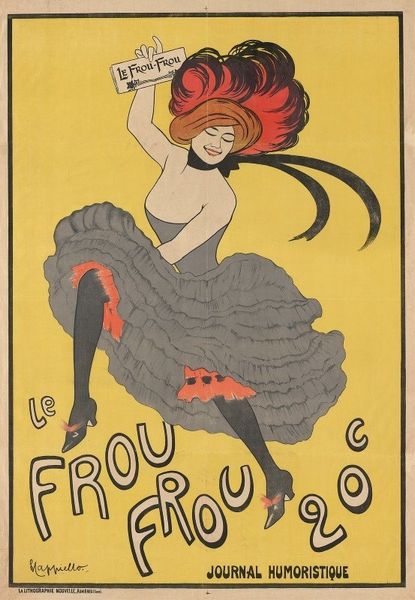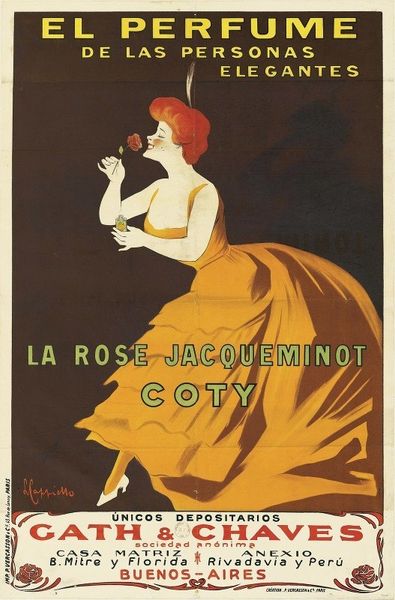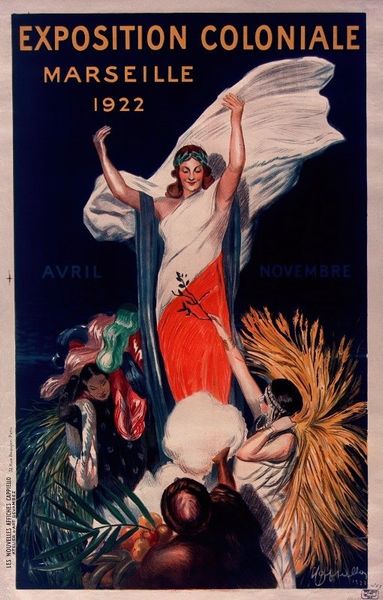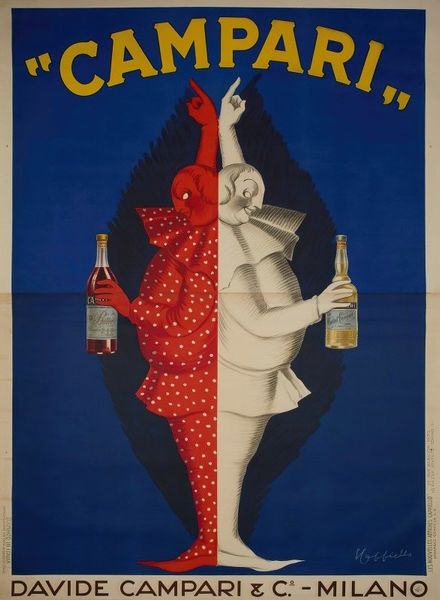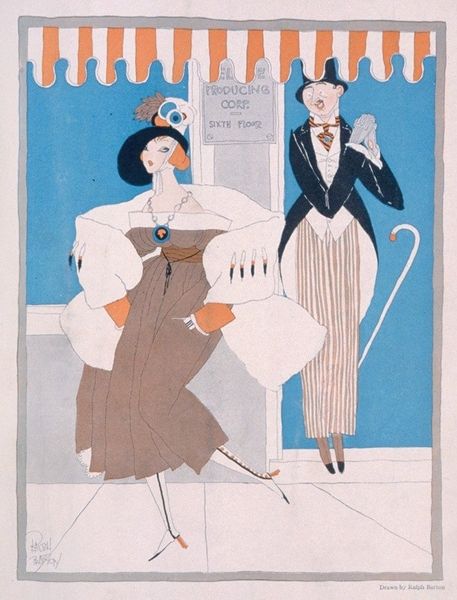
print, poster
#
portrait
#
art-nouveau
#
water colours
# print
#
cityscape
#
poster
#
watercolor
Copyright: Public Domain: Artvee
Curator: This is Ramón Casas' poster "Real Automóvil-Club de Cataluña. Copa Tibidabo" created in 1914. It's a striking example of Art Nouveau advertising, produced as a print using watercolor techniques. Editor: It certainly grabs your attention. The wispy, almost dreamlike background against the assertive figure of the woman... the composition has an ethereal feel that clashes intriguingly with its commercial purpose. Curator: Precisely. The artistic intent, coupled with the burgeoning car culture of the era, speaks volumes about societal shifts and technological embrace. The materiality of a poster, intended for mass consumption, elevating an everyday spectacle to the realm of art is very interesting to consider. Editor: Yes, the relationship between form and function. The composition divides quite distinctly: the stylish woman, rendered with clean lines and flat colors, contrasted against the implied motion and the hazy road in the distance. It's a careful balance between static representation and implied dynamism. The limited color palette reinforces that tension too. Curator: Absolutely. Consider the layers of labor involved: the artist’s hand, the printing process, and its function in advertising consumerism—specifically promoting automobile ownership. It reflects the shifting class dynamics of early 20th-century Catalonia. The rose attached to the woman’s waist may be hinting at both feminine elegance and industrial wealth of the upper class. Editor: It's clever how the artist creates depth, using atmospheric perspective to draw your eye back along the winding road and towards Tibidabo Mountain. The poster functions through layering – color, subject, implied motion. Each structural component invites inquiry and encourages the observer to look deeper into its subject. Curator: That the poster announces a car race elevates what might have been a pastime of the elite to a spectacle of the masses. This act, together with using relatively "low" materials such as prints and watercolor shows art's social role to convey the narrative. Editor: I think, beyond mere spectacle, it uses formal elegance to promise luxury and excitement. Looking closely at how all visual elements merge helps create desire, not merely recognition of race. Curator: Indeed, a confluence of aesthetics and production inextricably intertwined, reflecting Catalonia’s evolving social tapestry. Editor: And an exercise in controlled composition yielding captivating visual tension.
Comments
No comments
Be the first to comment and join the conversation on the ultimate creative platform.
